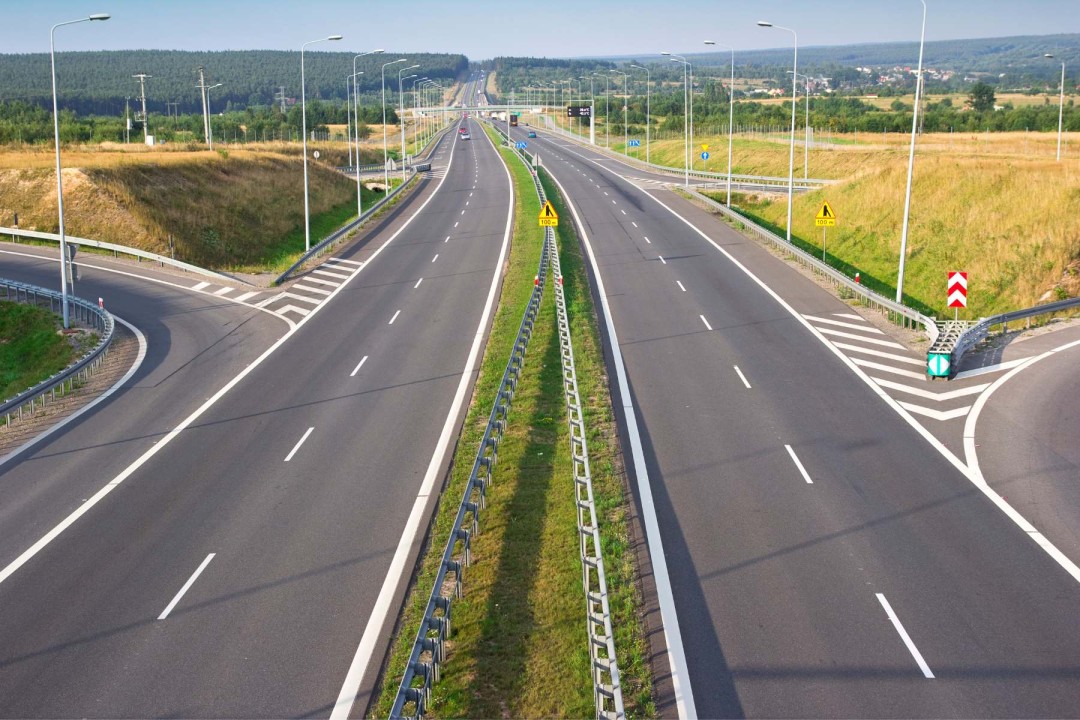
Maximum Speed Limit for Vehicles on National Highways in India

 :
| Updated On: 31-Jul-2025 @ 12:42 pm
:
| Updated On: 31-Jul-2025 @ 12:42 pmSHARE
India’s Expanding Road Infrastructure and Speed Regulations on National Highways
In recent years, India has witnessed remarkable growth in its road infrastructure, particularly in the development and expansion of its National Highways (NHs) and High-Speed Corridors (HSCs). As per official data, the length of National Highways across the country increased from 132,995 kilometers in March 2020 to 146,342 kilometers at present. This expansion highlights the government’s sustained focus on enhancing connectivity, reducing travel time, and boosting economic activities across regions.
Parallel to this, the operational length of access-controlled National High-Speed Corridors and expressways has seen a dramatic rise. From just 228 kilometers in 2020, this network has now extended to 2,636 kilometers. These corridors are designed to handle high-speed traffic efficiently and safely, reducing congestion on traditional highways and improving overall road logistics.
Speed Limits on National Highways in India
As India’s highway infrastructure develops, understanding the applicable speed limits becomes crucial for both drivers and travelers. Speed regulations are in place not only to enhance traffic flow but also to ensure safety and discipline on the roads. Awareness of these rules helps in reducing accidents and promoting responsible driving behavior.
The Ministry of Road Transport and Highways (MoRTH) has set certain standardized speed limits for vehicles on National Highways and expressways, which are enforced through local traffic authorities. However, these speed limits vary depending on multiple factors such as:
-
Type of road: Expressways, four-lane highways, and two-lane roads have different speed limits.
-
Category of vehicle: Speed limits differ for cars, buses, trucks, and two-wheelers.
-
Location and conditions: Urban areas, accident-prone zones, or areas with poor visibility may have reduced speed limits even on highways.
Generally, for passenger vehicles (cars), the speed limit is 100 km/h on National Highways and 120 km/h on access-controlled expressways. For heavy transport vehicles and buses, the speed limit is typically lower, around 80-90 km/h, depending on the road. Two-wheelers, on the other hand, are generally restricted to up to 80 km/h. However, local authorities have the power to modify these limits based on road conditions, population density, and accident history.
It is also important to note that not adhering to these speed limits can result in penalties, fines, and legal action, particularly in the case of accidents. With the implementation of automated speed detection systems and electronic enforcement tools, compliance is now more strictly monitored.
Conclusion
The growth in India’s road infrastructure, especially the extension of National Highways and expressways, is a testament to the country’s push towards modernization and improved logistics. With faster roads, however, comes the greater need for disciplined driving and awareness of traffic rules. Understanding and following the latest speed regulations based on road type and vehicle category is crucial for ensuring road safety. As India continues to build on this progress, a balanced approach involving infrastructure, law enforcement, and public awareness will be key to a safe and efficient transportation ecosystem.